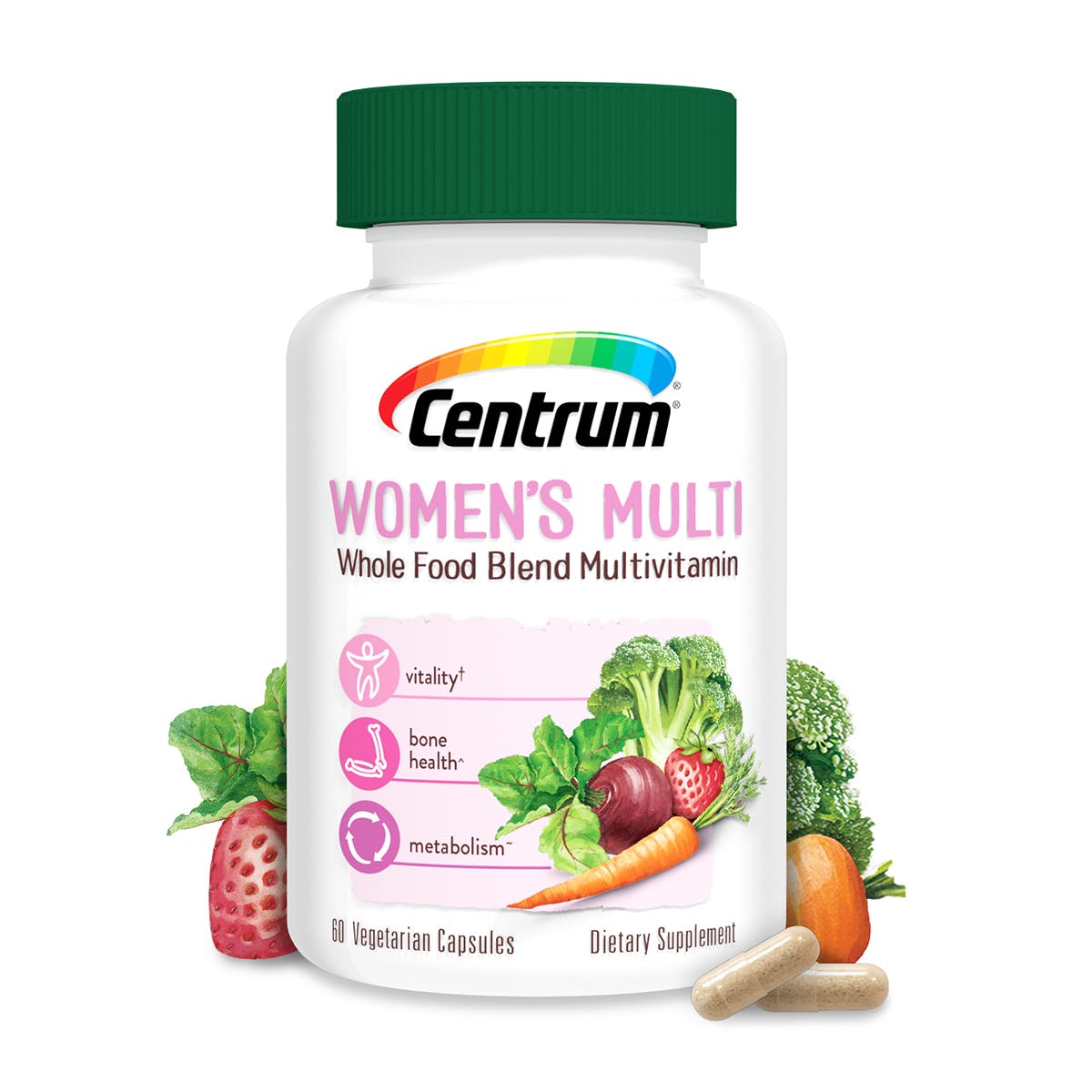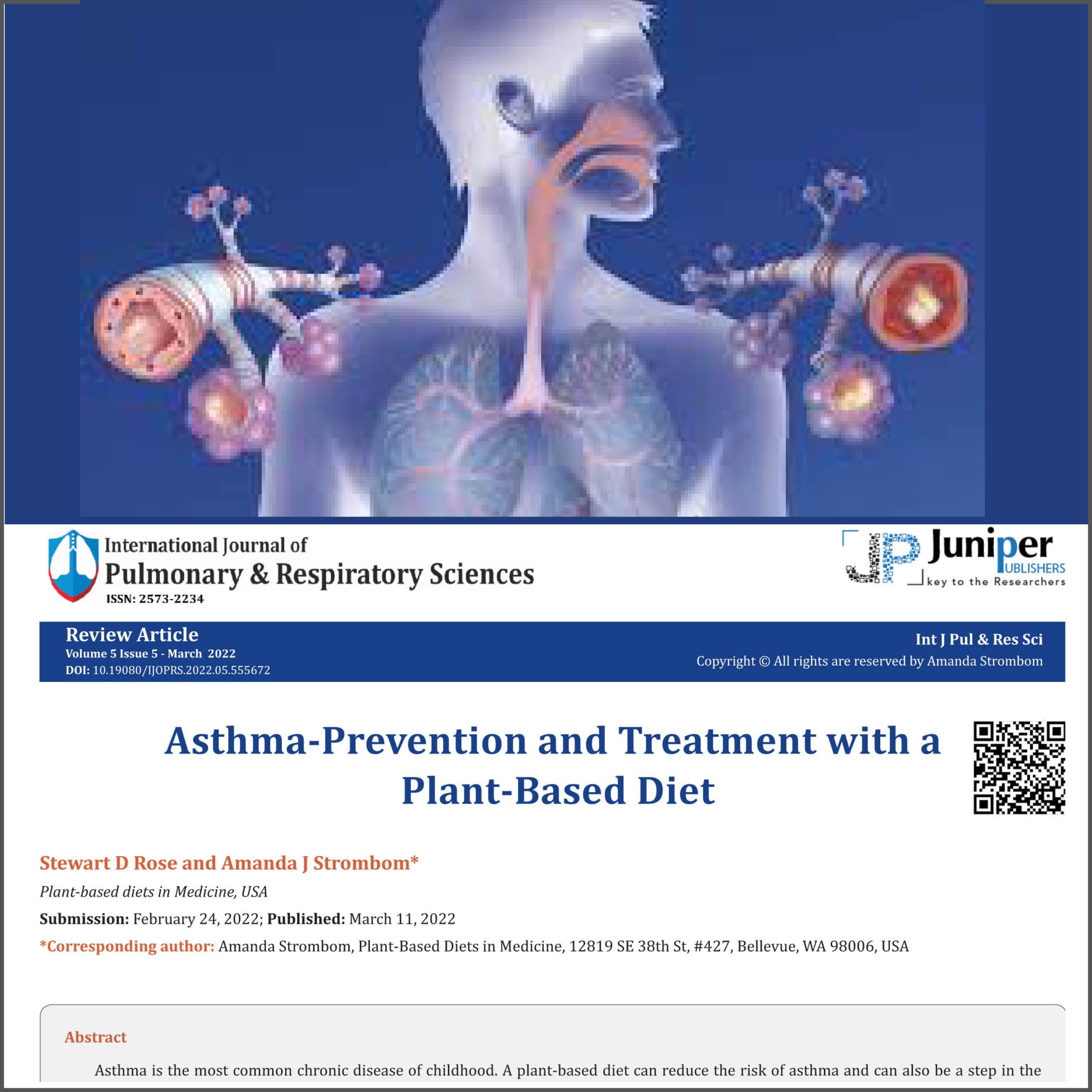
Butter is often demonized for its high level of saturated fats, which can cause elevated blood cholesterol. Butter has as many calories than other healthy fats. It is difficult to compare the saturated-fat content of different oils. However, butter has many health benefits. It can increase your vitamin and mineral levels, as well as making you feel fuller for longer periods of time.
Trans fat
Trans fat is a substance in butter that can cause inflammation and increase bad cholesterol. Trans fat can cause weight gain, as well as increase your risk of developing heart disease and diabetes. Trans fats can also cause weight gain and increase the risk of developing heart disease. The American Heart Association recommends a diet containing less than 1% trans-fats. This is equivalent to less than 2g/day for a diet of approximately 2,000 calories.

Cholesterol
A restriction on butter consumption is one of best ways to reduce cholesterol. A recent study showed that butter consumption increases total cholesterol, HDL cholesterol, and LDL cholesterol. Moderate consumption of butter may be considered part of a healthy diet in normocholesterolemic people.
Weight gain
Butter can be high in calories and cause weight gain. Butter can be eaten moderately when part of a balanced meal. Butter has many health benefits.
Vitamins
Butter is rich in essential vitamins. Vitamin A is necessary for healthy heart function and immunity. Vitamin E is an antioxidant and anti-inflammatory vitamin that is vital for vision and skin health. One teaspoon of butter contains 0.04 mg of vitamin A (or about 3%) of the daily recommended allowance (RDA). Butter also has a small amount of vitamin K, which is an antioxidant and plays a role in the formation of red blood cells.
Minerals
Although butter contains fats and sugar, it contains several vitamins and minerals that are essential for good health. It is useful in the prevention and treatment of osteoporosis as well as macular degeneration. It can also help reduce the risk of type 2 diabetes. Study involving 600,000.00 people shows that eating more butter can lower the chance of developing diabetes by 46%.

Health benefits
Butter, a dairy item rich in fat and nutrients makes it a wonderful addition to your daily diet. It also contains triglycerides as well as fatty acid and lactones. It is semi-solid at room temperature and is used to spread sweet dishes. It has low lactose levels which make it a good choice if you have low cholesterol. LDL levels can rise if you eat too much butter. Additionally, butter contains choline, which helps to prevent stroke and blood clots. Moreover, it is an excellent way to protect your bones from developing osteoporosis.
FAQ
How can I get enough vitamins
Your diet can provide most of your daily requirements. Supplements can be beneficial if you are missing a specific vitamin. A multivitamin supplement can provide all the vitamins you require. You can also buy individual vitamins at your local pharmacy.
Talk to your doctor to find out which foods are rich in vitamins. You can find vitamins K and E in dark green leafy vegetable such as spinach, kale and turnip leaves, as well romaine lettuce and arugula.
Ask your doctor to help you determine the right amount of vitamin. Based on your medical history, and current health status, your doctor will recommend the right dosage.
What's the difference between a virus & a bacterium?
A virus is a microscopic organism which cannot reproduce outside of its host cell. A bacterium, a single-celled organism, reproduces by splitting into two. Viruses can be as small as 20 nanometers, while bacteria can grow up to 1 micron.
Viruses are usually spread through contact with infected bodily fluids, including saliva, urine, semen, vaginal secretions, pus, and feces. Bacteria are usually spread through direct contact with contaminated objects or surfaces.
Viruses can enter our bodies through cuts, scrapes, bites, or other breaks in the skin. They can also get into the skin through the nose, mouth and eyes, ears as well as through the rectum, rectum and anus.
Bacteria can be introduced to our bodies by cuts, scrapes or burns. They can also be introduced to our bodies by food, water and soil.
Both bacteria and viruses can cause illness. Viruses can not multiply in the host. Viral infections can only cause diseases in living cells.
Bacteria can spread within the host and cause illness. They can even invade other parts of the body. That's why we need antibiotics to kill them.
What is the problem with BMI?
BMI stands For Body Mass Index. It is a measurement of body mass based on height and/or weight. The following formula can be used to calculate BMI.
Weight in kilograms divided by height in meters squared.
The score is expressed as a number between 0 and 25. A score of 18.5 indicates that you are overweight and a score of 23 indicates that you are obese.
A person with 100 kg will have a BMI 22 if they are 1.75m tall and weigh 100 kg.
What causes weight loss as we age?
How can you determine if your bodyweight is changing?
When the body has less fat than its muscle mass, it is called weight loss. This means that the amount of calories consumed must exceed the amount of energy used daily. Low activity levels are the leading cause for weight loss. Other causes include illness, stress, pregnancy, hormonal imbalances, certain medications, and poor eating habits. A person who has more fat than their muscle mass will experience weight gain. It happens when people consume more calories in a day than they actually use. The most common causes are overeating, increased activity, hormonal changes, and excessive calories.
Our bodies lose weight mainly because we consume less calories than what we burn. The main reason we lose weight is because we exercise more often. This increases our metabolism rate and burns more calories each day. But, this does not mean that we'll get thinner. It is important to know if we are losing weight or gaining muscle. If we're burning more calories than we're consuming then we're going to lose weight. But if we're consuming more calories than we're burning, then we're actually storing them as fat.
As we get older, we tend not to be as mobile and move as fast. We also tend have less food to eat than we did when younger. Also, we are more likely to gain weight. We also tend to look larger because we have more muscle.
If you don't weigh yourself every week, there's no way of knowing how much weight have you lost. There are many ways you can measure your weight. There are many ways to measure your weight. You can check your waist, hips, thighs, arms and legs. Some people prefer to use bathroom scales while others like to use tape measures.
For a better track of your progress, try to weigh yourself once per week and measure your waistline once every month. You can also take pictures of yourself every few months to see how far you've come.
You can also find out how much you weigh by looking up your height and weight online. If you are 5'10' tall and weigh 180lbs, your weight would be 180.
How often should I exercise
Exercise is essential for maintaining a healthy lifestyle. However, there's no time limit on how much you should exercise. It is important to find something you enjoy, and then stick with it.
If you exercise three times a week then aim for 20-30 mins of moderate intensity. Moderate intensity means you'll still be breathing hard after you've finished. This type works out burns around 300 calories.
Walking is a great option if you are a keen walker. You can do 10-minute walks four days per week. Walking is low in impact and easy for your joints.
Jogging three times a week for 15 mins is enough if you want to run. Running is a great way to burn off excess calories and build muscle tone.
If you're not used to exercising, start slowly. Start with just 5 minutes of cardio a few times a week. Gradually increase duration until you achieve your goal.
Statistics
- WHO recommends consuming less than 5% of total energy intake for additional health benefits. (who.int)
- Extra virgin olive oil may benefit heart health, as people who consume it have a lower risk for dying from heart attacks and strokes according to some evidence (57Trusted Source (healthline.com)
- According to the Physical Activity Guidelines for Americans, we should strive for at least 150 minutes of moderate intensity activity each week (54Trusted Source Smoking, harmful use of drugs, and alcohol abuse can all seriously negatively affect your health. (healthline.com)
- nutrients.[17]X Research sourceWhole grains to try include: 100% whole wheat pasta and bread, brown rice, whole grain oats, farro, millet, quinoa, and barley. (wikihow.com)
External Links
How To
What does the "vitamin") mean?
Vitamins are organic compounds naturally found in food. Vitamins help us absorb nutrients in the foods we consume. Vitamins cannot be made by the body; they must be taken from food.
Two types of vitamins exist: water soluble and oil soluble. Water soluble vitamins dissolve easily in water. Examples include vitamin C,B1 (thiamine), B2 (riboflavin), B3 (niacin), B6 (pyridoxine), folic acid, biotin, pantothenic acid, and choline. The liver and fat soluble vitamins are stored in fatty tissue. Some examples include vitamin D and E, K, A, beta carotene, and A-vitamins.
Vitamins are classified according their biological activity. There are eight main groups of vitamins.
-
A - Vital for healthy growth.
-
C – essential for proper nerve function.
-
D - essential for healthy teeth and bones.
-
E - needed for good vision and reproduction.
-
K – Required for healthy muscles & nerves.
-
P – vital for building strong bones.
-
Q – aids digestion and absorption.
-
R - Required for red blood cell production
The recommended daily allowance (RDA) of vitamins varies depending on age, gender, and physical condition. The U.S. Food and Drug Administration sets RDA values.
For adults aged 19 or older, the RDA of vitamin A is 400mg per day. Pregnant mothers need 600 micrograms a day to ensure fetal growth. Children ages 1-8 require 900 micrograms per day. Children under 1 year old require 700 micrograms daily, while infants over one year old need 500 micrograms every day. This decreases between 9 and 12 months.
Children ages 1-18years who are obese need 800 micrograms per day while those who are overweight need 1000 micrograms per day and children who are underweight need 1200 micrograms per day to meet their nutritional needs.
Children aged 4-8 who have anemia are required to consume 2200 micrograms of Vitamin C daily.
2000 micrograms is the minimum daily intake for general health in adults older than 50 years. Breastfeeding or pregnant women require 3000 micrograms per daily due to higher nutrient demands.
Adults over 70 years of age need 1500 micrograms per day since they lose about 10% of their muscle mass each decade.
Women who are pregnant or lactating need more than the RDA. Pregnant woman need 4000 micrograms daily in pregnancy and 2500 per day after childbirth. Breastfeeding moms need 5000 micrograms per daily when breastmilk production occurs.